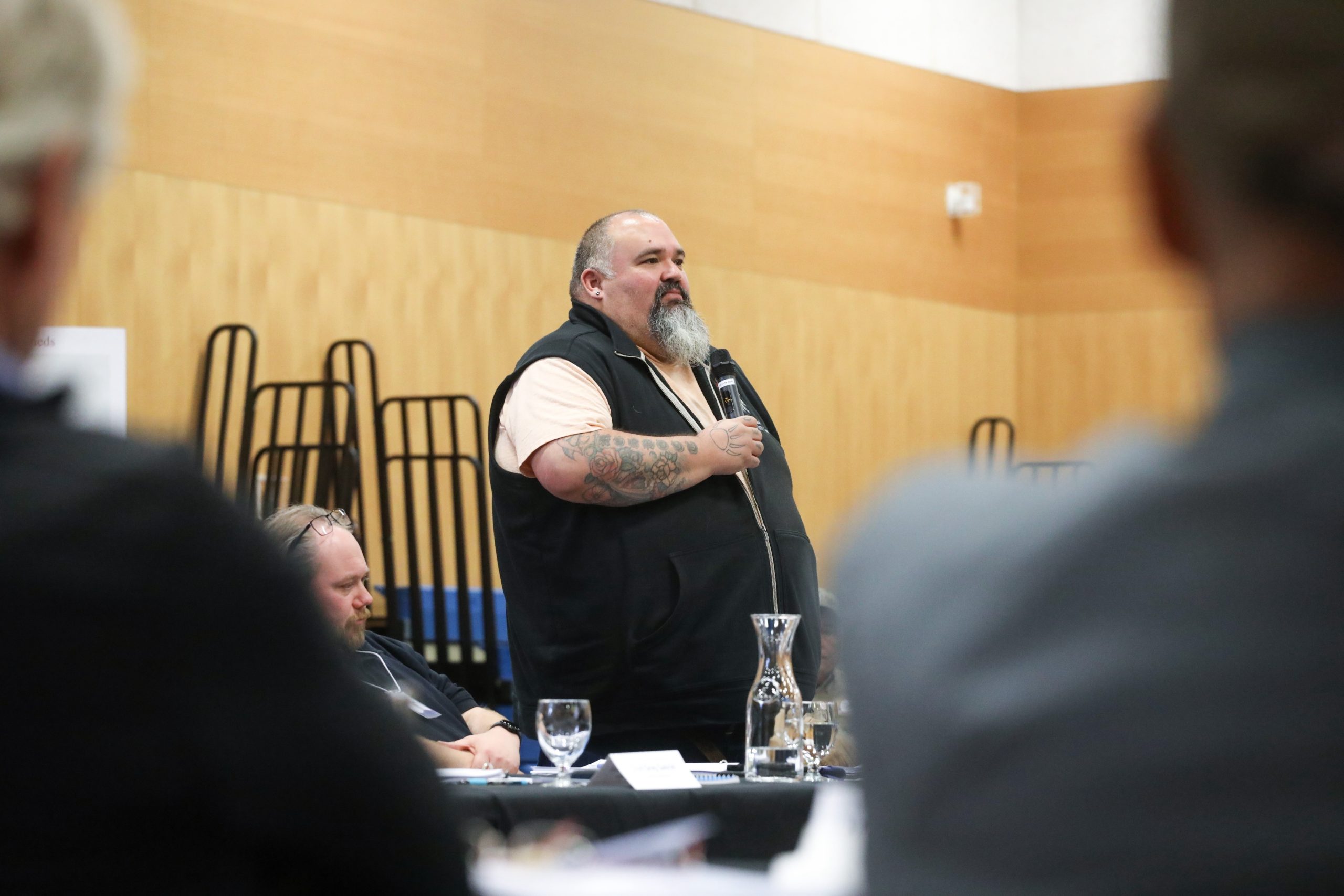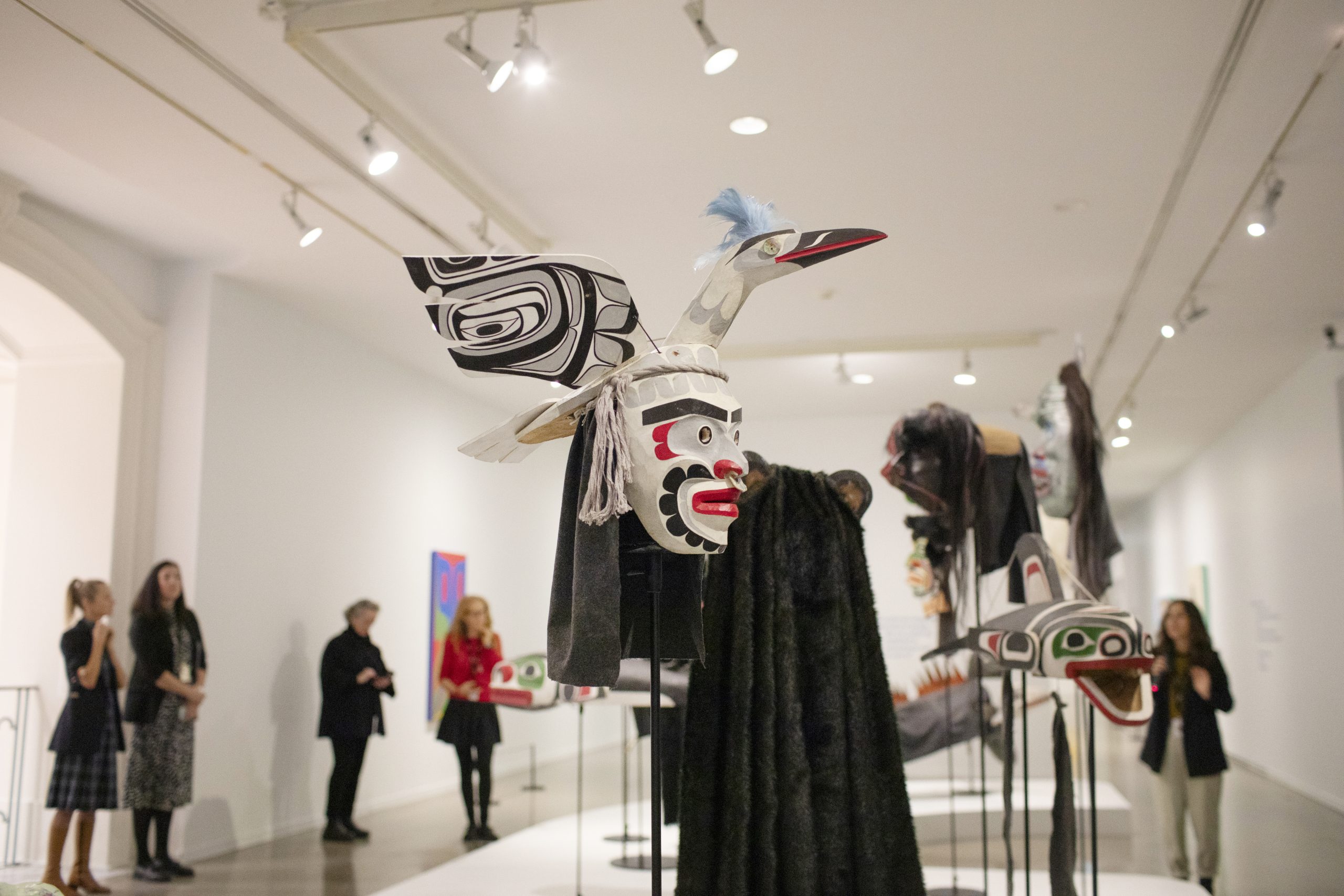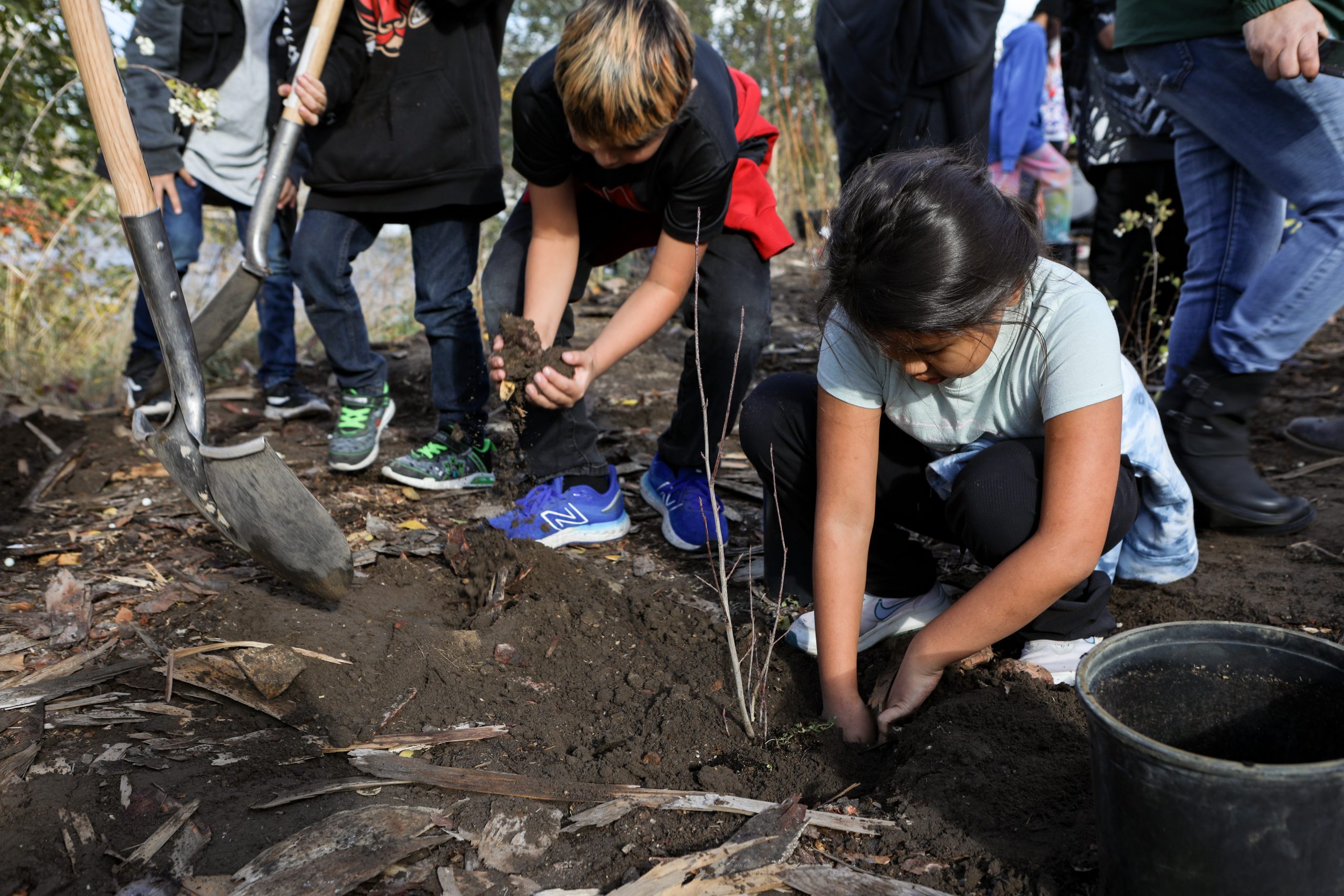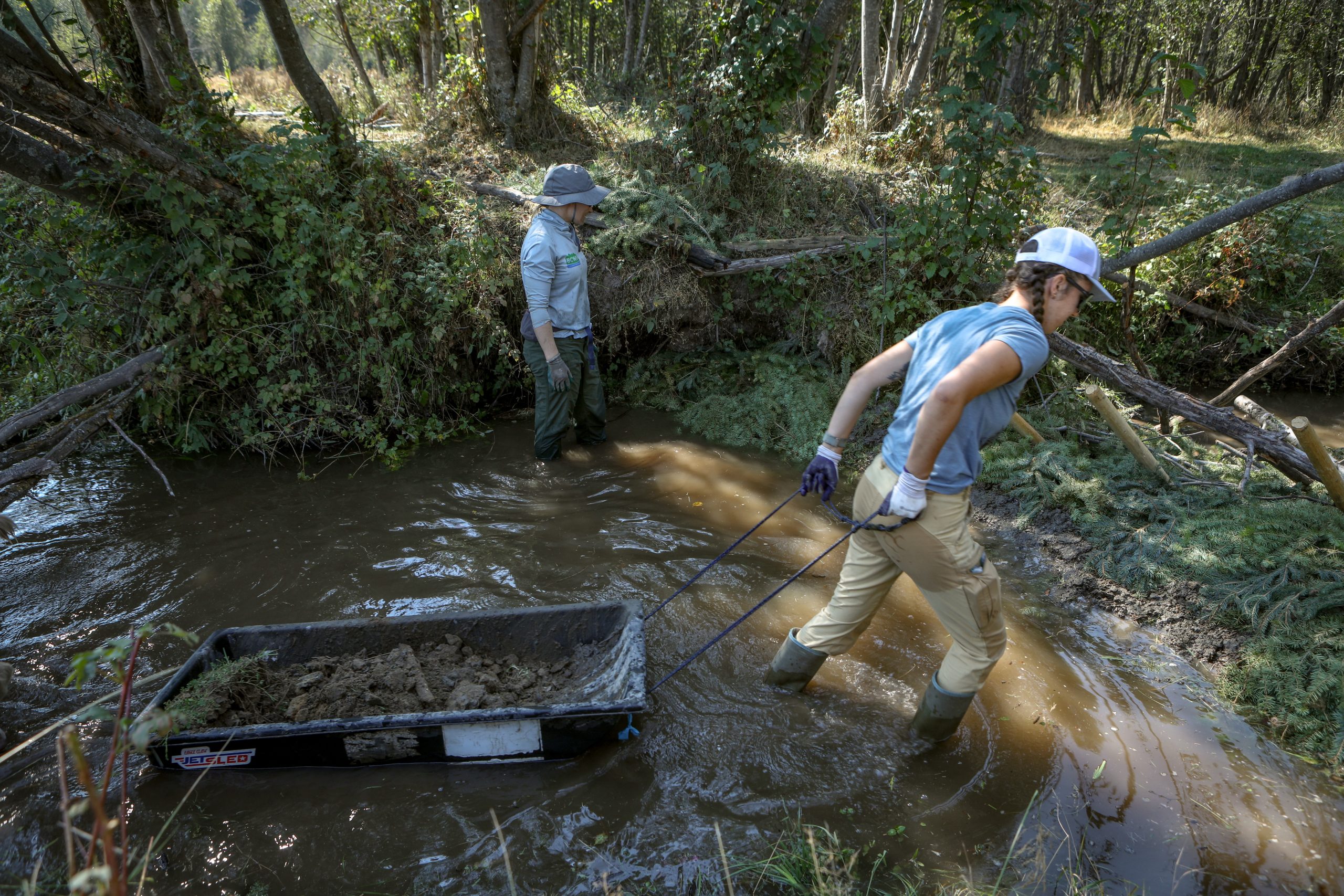Celebrating unity and strength, Sḵwx̱wú7mesh marks 100-year amalgamation anniversary
The Sḵwx̱wú7mesh Days Festival in ‘Ambleside Park’ was held on July 23, the same day the community officially became a nation one century ago


Like the snowbird, Charlene Williams explains, Sḵwx̱wú7mesh people are resilient.
Before she leads her Welth Tima Kexwusem Dance Group into movement with the pounding drumbeat of Tem’tem Slulum (the snowbird song), she explains the significance of why it was chosen — because the winter birds are survivors. And that’s exactly what her nation has done.
“I’d like to start with a song that is an honour song, a blessing song and a prayer song,” Williams says, “because we want to honour those ancestors who had the foresight to be thinking of us before we were even born.”

Her dance group, wearing regalia such as paddle vests, cedar hats and woven headbands, is largely made up of Youth from Sḵwx̱wú7mesh. Their name translates in English to “culture bringing people together.”
The performance on Sunday kicked off a celebration marking Sḵwx̱wú7mesh’s 100-year amalgamation anniversary. On July 23, 1923, chiefs from various Sḵwx̱wú7mesh village sites signed an agreement to form into one united nation and government.

“100 years ago, 23 villages amalgamated together to become what’s known as the Sḵwx̱wú7mesh Úxwumixw, the Squamish people,” Williams explains.
“At our highest population, it’s said that we were … well over 30,000 people. And at our lowest point after the pandemics, all the sicknesses, we were less than 400 people.”
It was at that point, Williams explains, that people decided to come together to protect the land, culture and to become a stronger voice together. Today, their population is estimated at more than 4,000 members.

The Sḵwx̱wú7mesh Days Festival in “Ambleside Park” culminated a month of events leading up to the community’s 100-year Amalgamation Day anniversary.
The public event included various musical and cultural performances, games, commemorative merchandise and more.

During the month of July, there were canoe races, an awards gala and various other cultural activities and celebrations for members. The festival on July 23 included powwow and Coast Salish dancing, as well as musical performances from acts including DJ O Show, Snotty Nose Rez Kids and Bitterly Divine.

The nation also unveiled a book about the nation’s history written by Sḵwx̱wú7mesh journalist Stephanie Kwetásel’wet Wood titled Tina7 Cht Ti Temixw: We Come from This Land.

“Today’s a day about celebrating all our connections, all our villages, all our families, and being grateful to our ancestors and past leadership, who had the wisdom to bring us together as the Sḵwx̱wú7mesh Úxwumixw,” says Sḵwx̱wú7mesh Coun. Syexwáliya (Ann Whonnock).
“And then we celebrate and look forward to the next 100 years as Sḵwx̱wú7mesh Úxwumixw … We come from time immemorial, and let’s go into infinity as Sḵwx̱wú7mesh Úxwumixw speaking our language, protecting our territories, practicing our culture in all ways.”
Author
Latest Stories
-
‘Bring her home’: How Buffalo Woman was identified as Ashlee Shingoose
The Anishininew mother as been missing since 2022 — now, her family is one step closer to bringing her home as the Province of Manitoba vows to search for her
-
Will you help us tend to the fire?
IndigiNews is launching a fundraising campaign to support our storytelling into 2026












